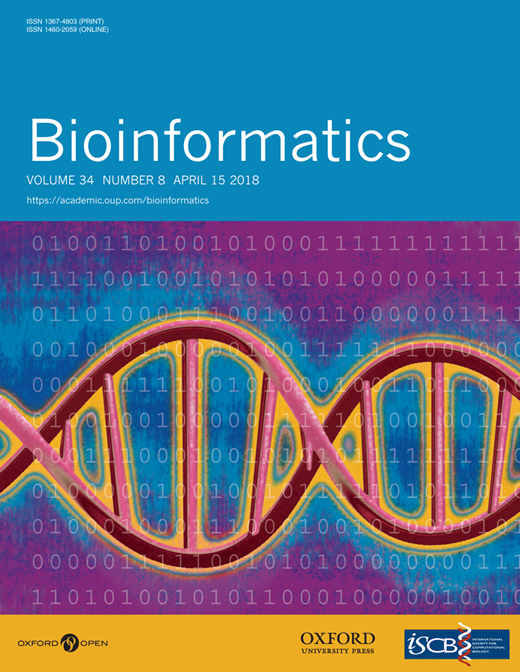
Structurally transmembrane proteins are highly ordered in the membrane-spanning regions, but may contain disordered regions in the cytosolic and extra-cytosolic parts. We are involved in investigatie these disordered regions in transmembrane proteins. We applied a stringent definition of disordered residues on the currently available largest experimental dataset, and a significant correlation was found between the spatial distributions of positively charged residues and disordered regions. This finding suggests a new role of disordered regions in transmembrane proteins by providing structural flexibility for stabilizing interactions with negatively charged head groups of the lipid molecules.


